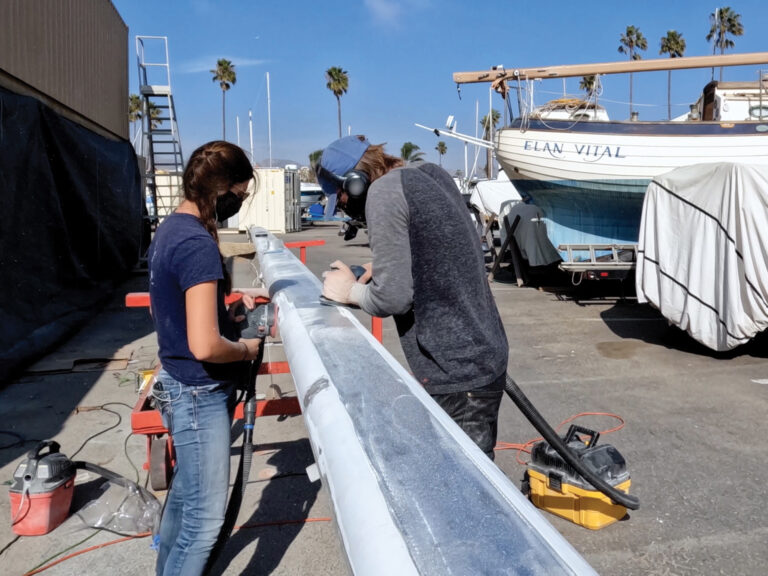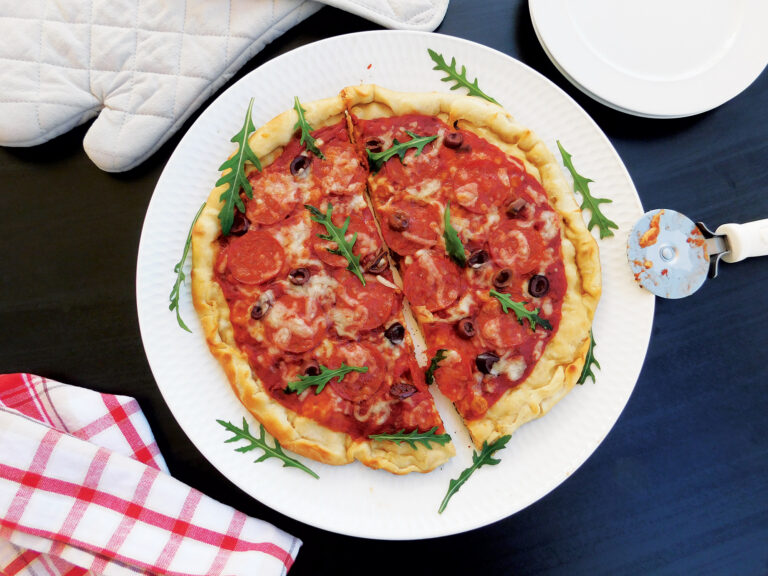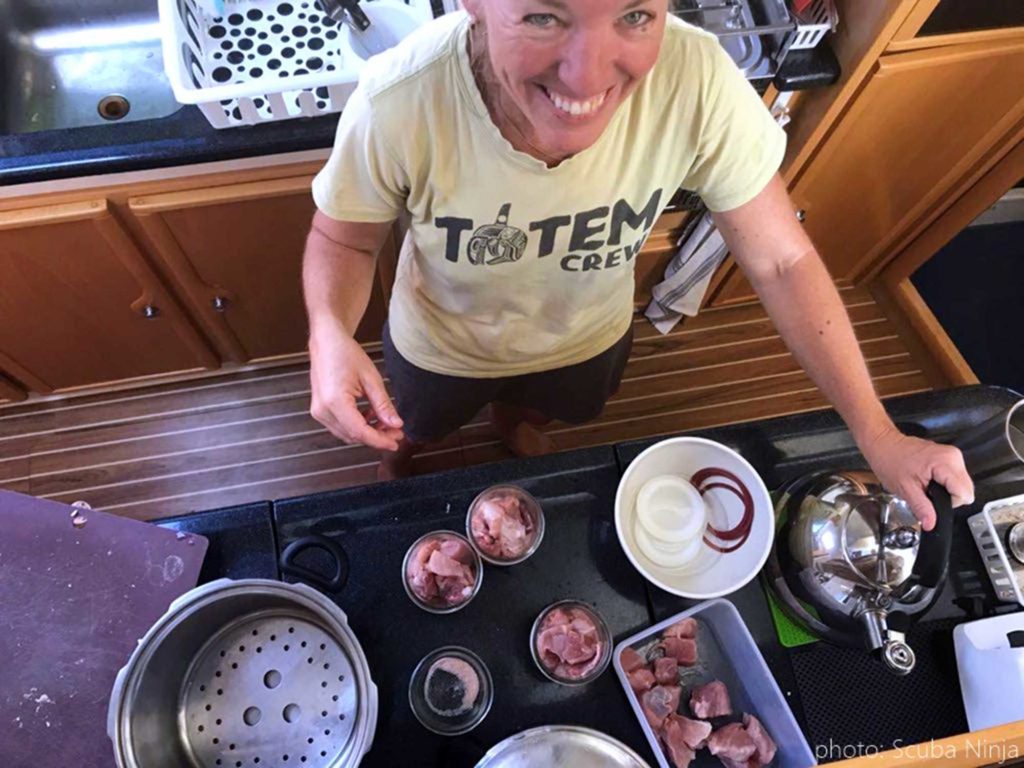
Pressure cookers are generally accepted as assets in a ship’s galley, although we didn’t know anyone on land using a pressure cooker in our pre-cruising days. We bought a 6.3-quart Kuhn Rikon Duromatic to integrate into our cooking habits on shore, and it was a revelation for our busy family. It’s a favorite on board, too.
Recently, a cruising friend asked: is there really much difference between the Instant Pot and a regular pressure cooker? Instant Pots weren’t around when we anticipated cruising, either, but after reading all the hype about electric pressure cookers, I treated myself to an Instant Pot Max. Was it a fad gadget? I mean, it’s just a pressure cooker with a microchip and buttons, right?
Having temporary land digs made it easy to try. Here’s what I learned.
A cooler galley
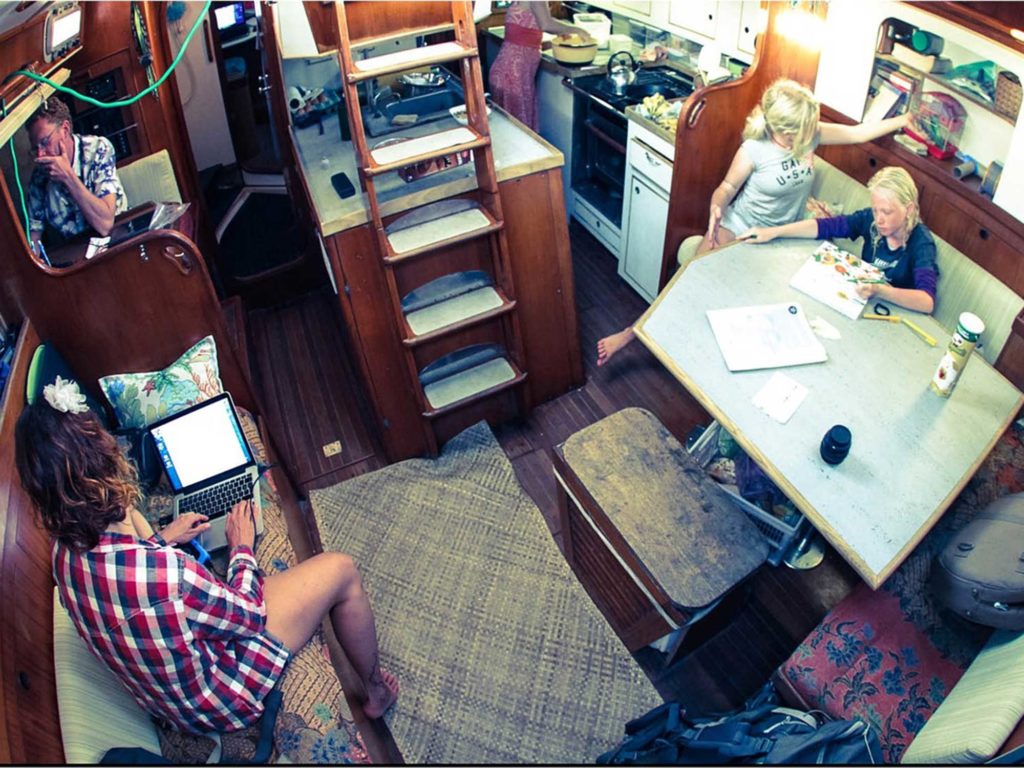
Cooking meals in the tropics can be a sweaty business. It’s not fun for the cook, and nobody wants the boat to get even hotter. But when you use an Instant Pot, you can cook up a roast or a batch of chili without adding any extra heat in the cabin.
Great staple meals
Most places we cruise don’t have aged meat, and our budget leans toward cheaper cuts anyway. Dried beans are another staple (long-term stowage, less packaging, less weight, better taste), and there’s no better way to prepare them than under pressure.
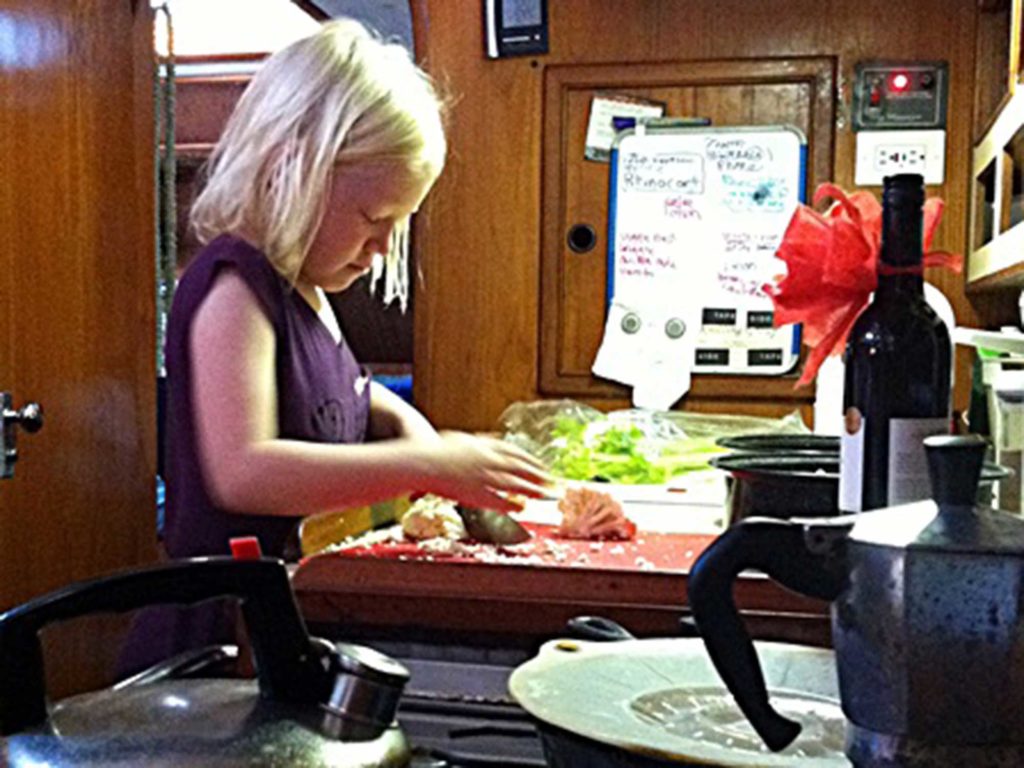
Faster cooking
That tougher cut from the carniceria? Those dried beans you’ve stashed? Pressure-cooking is the fastest way to turn them into meltingly delicious meals in a fraction of the time that conventional methods need, with no compromise to taste.
Home canning
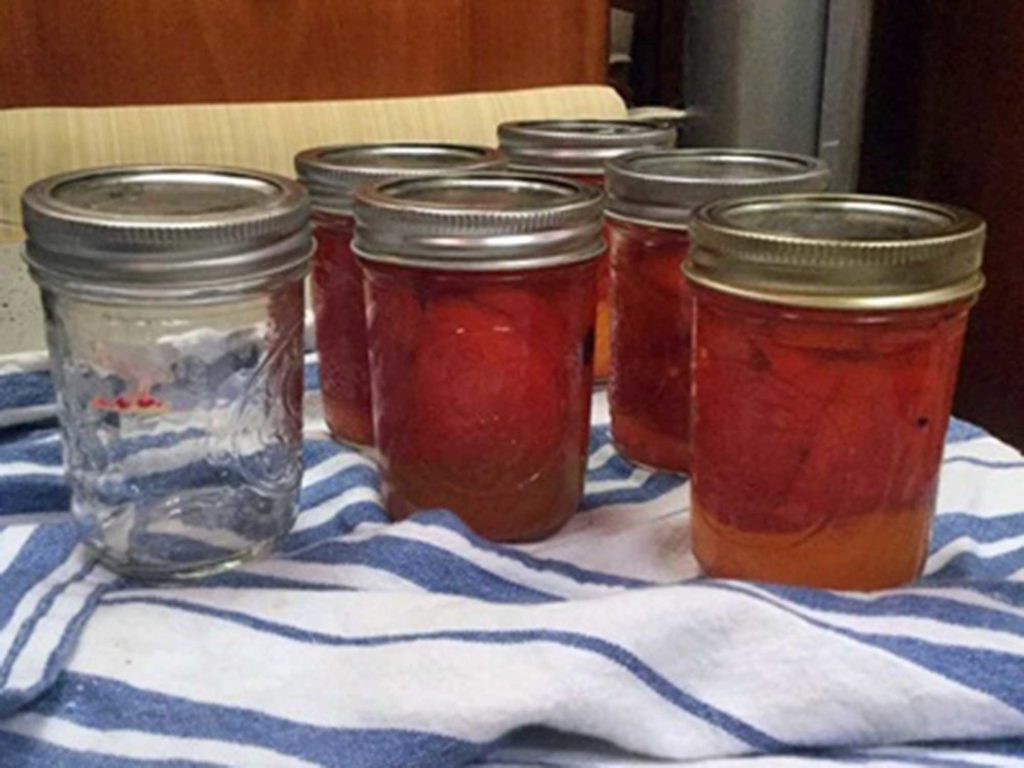
What really pushed me to purchase an electric pressure cooker was the higher-pressure model available from Instant Pot: the Max. Unlike most electric pressure cookers (and Instant Pot’s primary line, the Duo), which have a “high” setting that stops around 12 psi, this model has a “max” setting that holds 15 psi. That’s enough for home canning of low-acid foods. Totem has some dedicated carnivores, so canning meat is part of our planning for longer stretches off-grid (here’s my how-to for canning chicken on board). Make sure you do your own research about whether to can low-acid foods in anything but a pressure canner.
The Downsides
That all sounds good, but so far, these benefits are identical to the benefits of our stovetop pressure cooker. Let’s look at some downsides of having an electric model on board.
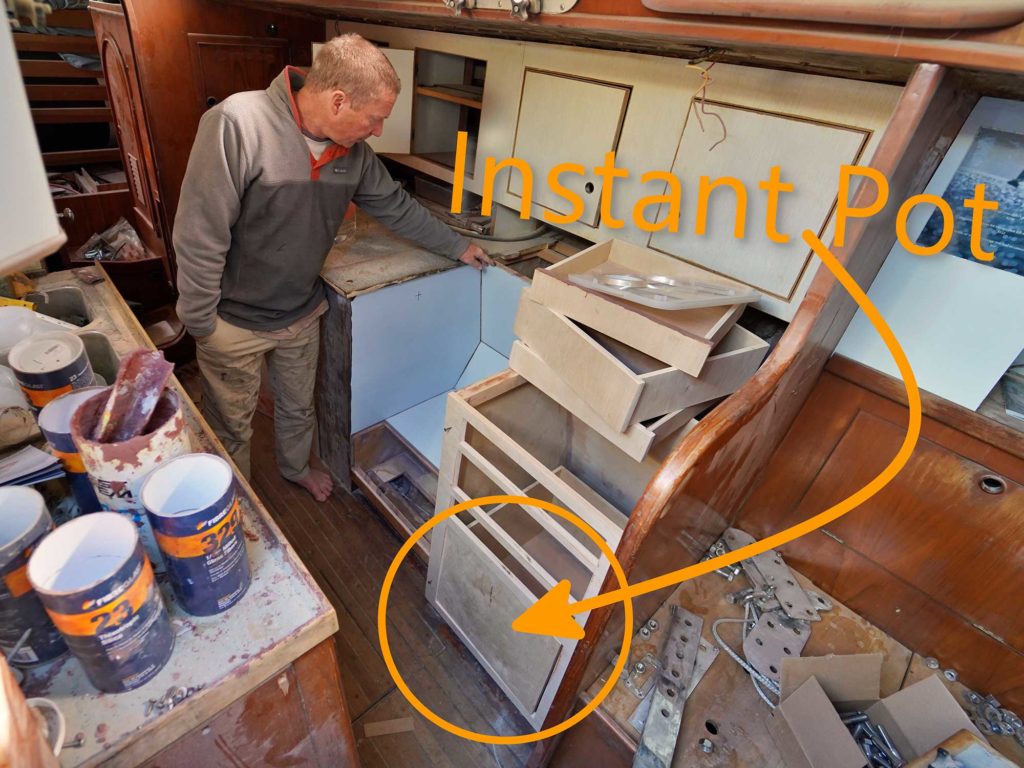
For starters, there’s stowage. Our stovetop pressure cooker isn’t dainty, but the footprint of the electric model is substantially bigger. Most galleys have limited space.
Then, there’s the fact that the electricity draw is significant. While the power capacity of cruising boats has gone up overall, the 40- to 80-amp draw during common electric pressure cooker functions is meaningful. Many (most) cruising boats can’t accommodate that.

And, there’s speed. Despite the name, there’s nothing “instant” about an Instant Pot. Recipes claim shockingly short cooking times, but they refer to the amount of time cooking under pressure, not the entire duration of cooking. It’s rather misleading. There’s additional time needed to come up to pressure, and then down again. Cooking this way is faster, but it’s not instant.
More upsides
I like that with the electric model, I can walk away. There is a distinct benefit to setting a timer or setting a function and then leaving. Go for a walk or a snorkel, or rebuild that pump, read a book in the cockpit—whatever. After a few months of use, we liked this benefit enough to add the electric model to the galley on our Stevens 47 Totem.
A stovetop pressure cooker needs to be watched. It especially needs a hawk’s eye if I’m canning, to make sure the pressure never drops below that high pressure. But with the electric pressure cooker, I set the timer for the desired function, and I forget about it. I can dump in the bones from a roast chicken with water and onions in the morning, and I come back in the afternoon to gorgeous stock, which I use to make perfect risotto in minutes.
And, this one device has many functions. Others may like the pushbutton ability to make rice, yogurt and more.
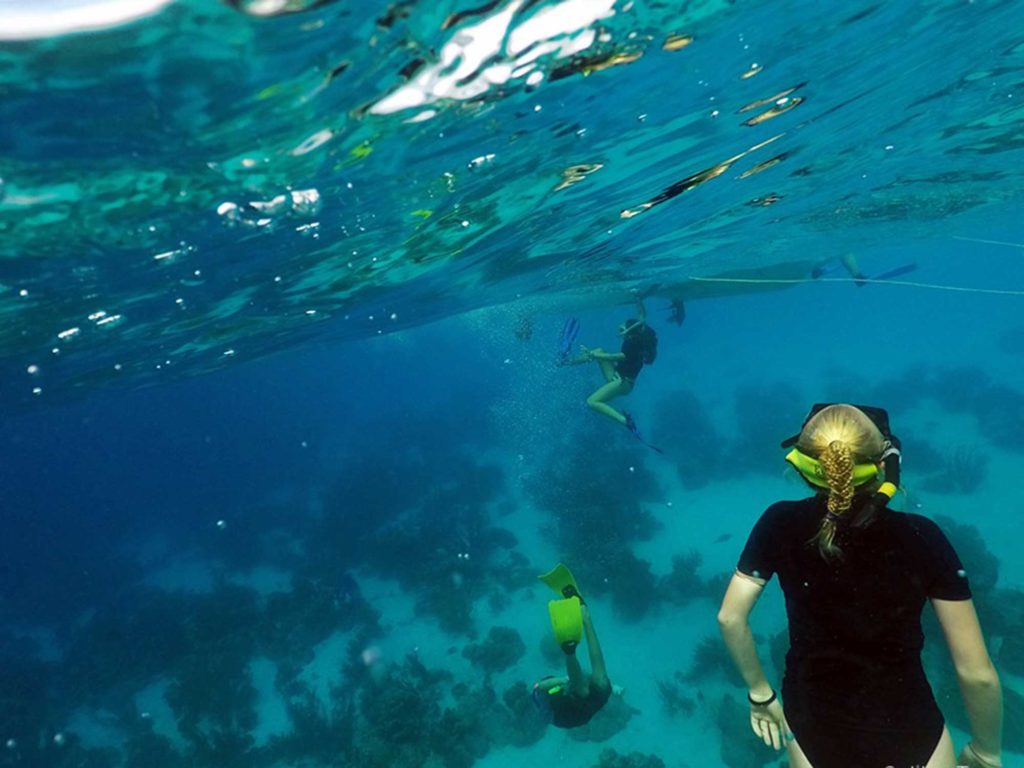
In general, I think of our life on board as being about simplification, with more manual tools and vastly fewer appliances than we had on land (read here about migrating from kitchen to galley). Things often take more time, and that’s OK—time is what we have. To answer my friend Nica’s original question: No, an Instant Pot really is not different. It’s a hopped-up stovetop pressure cooker.
That said, the ability to walk away has sucked me into full cult fandom. Totem’s 40-year refit is proving to be a busy chapter of our lives, but the refit will address the size and power needs that kept an Instant Pot out of our galley. There’s even a new drawer built exactly the right size for the dimensions of “Sputnik” (as my husband, Jamie, refers to the Instant Pot Max).
Which electric pressure cooker to get?
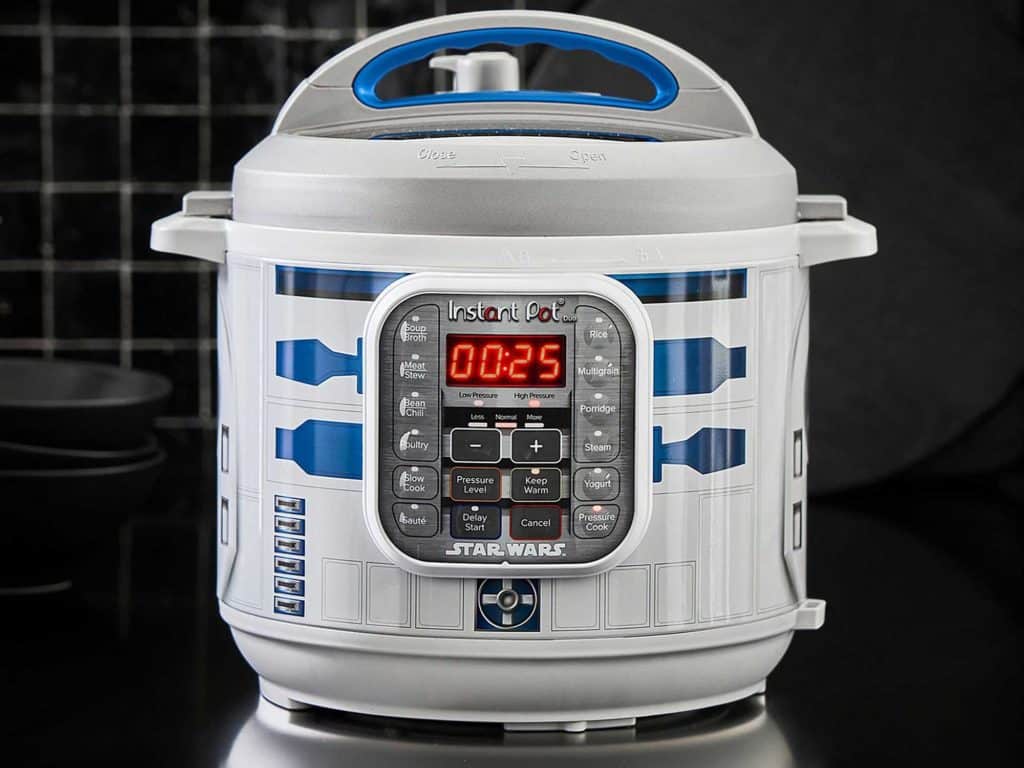
If you think you’ll use an electric pressure cooker for canning, then the Instant Pot Max is your only option. Nothing else holds 15 psi. But if you’ll do more everyday pressure cooking, save money by shopping around: You can spend a fraction of the cost on various Instant Pot models or other brands. My only regret is that the Max was not included in Instant Pot’s Star Wars collection. Yes, you can get one that looks like R2D2 or BB-8. Unfortunately, it still makes the generic Instant Pot beeps instead of emulating R2’s chirps, and it’s limited to the Duo range, topping out at 12psi.







